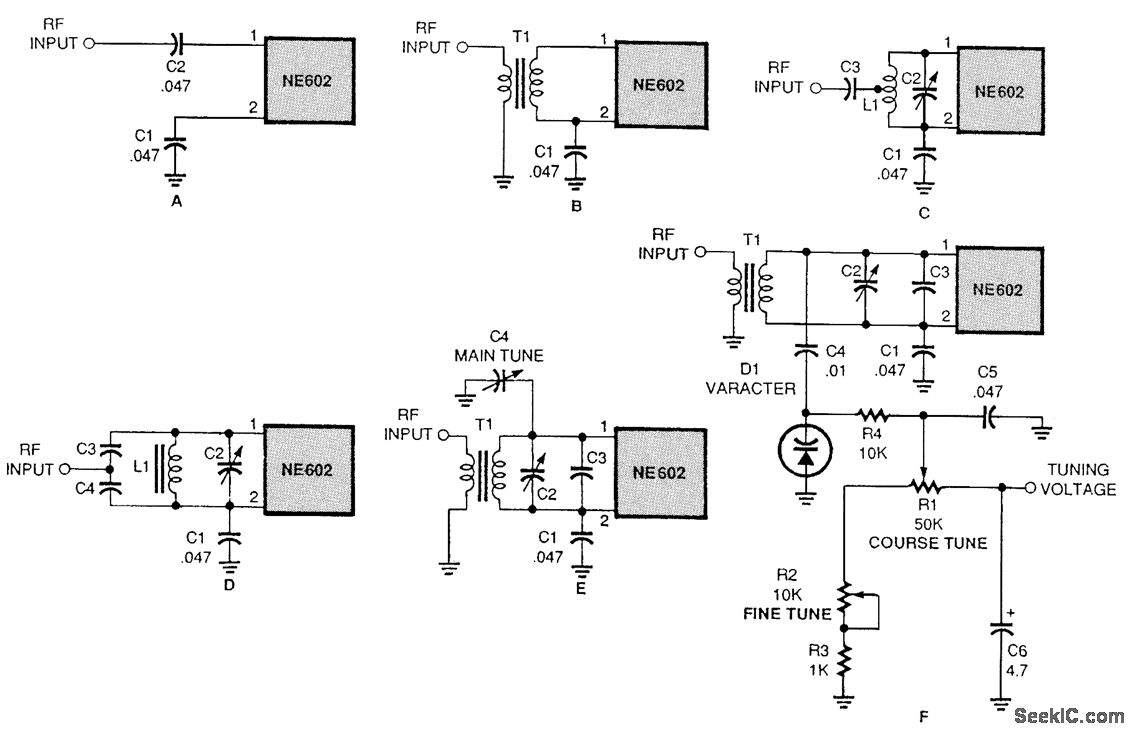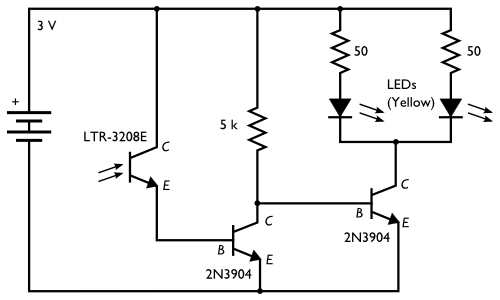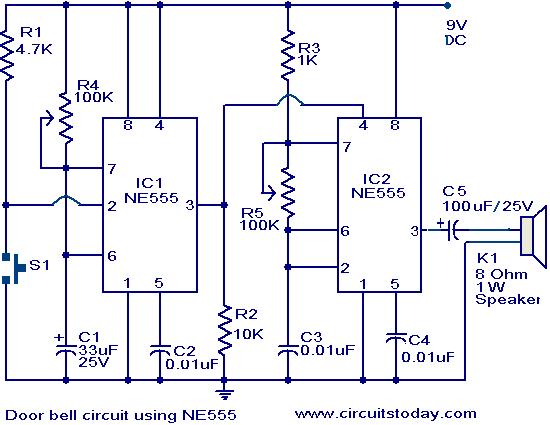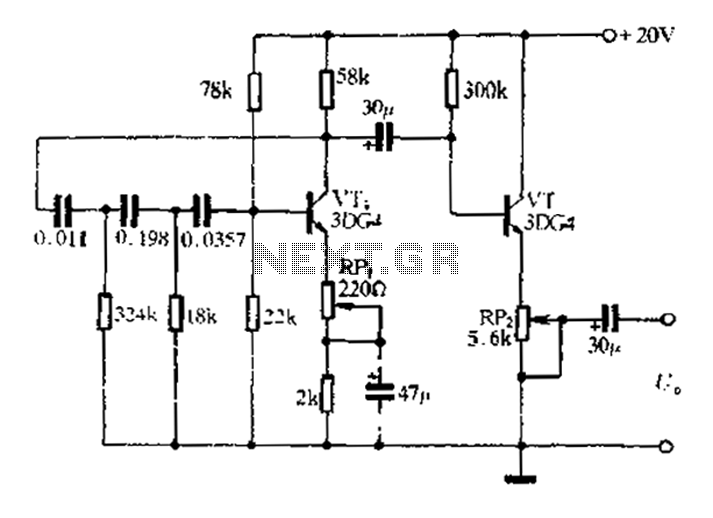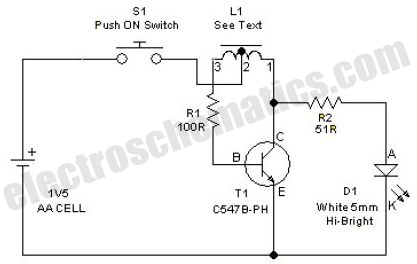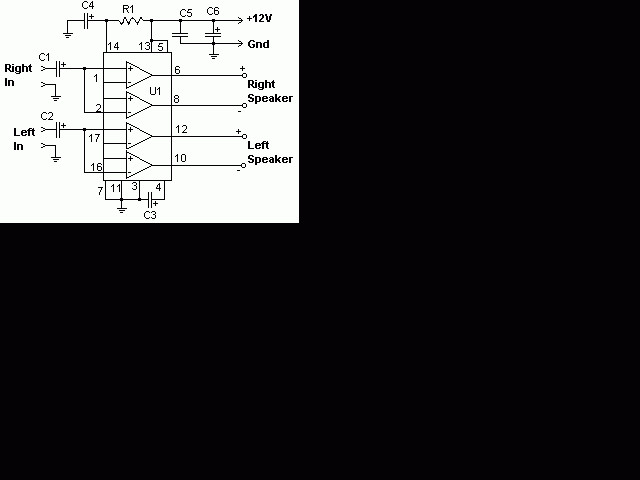
temperature control circuit 555 ic
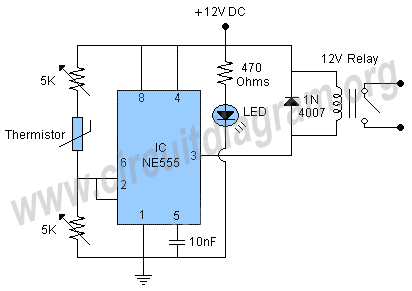
A thermistor is utilized in the circuit for heat sensing, while two 5K variable resistors are incorporated to calibrate the circuit for activating the relay at the desired temperature. The inclusion of a 1N4007 diode across the relay serves to limit the back EMF generated by the relay coil. The circuit can be powered by a 12-volt battery or power supply, although it is also possible to operate it with a 6-volt battery or power supply, provided that a 6-volt relay is used.
The circuit design features a thermistor, which is a temperature-sensitive resistor that changes its resistance with temperature variations. This component is critical for accurately detecting temperature changes in the environment. The two 5K variable resistors allow for fine-tuning of the circuit's sensitivity and threshold, enabling the user to set the precise temperature at which the relay will activate.
When the temperature reaches the predetermined level, the resistance of the thermistor will change, which in turn affects the voltage across the variable resistors. This change in voltage is used to trigger the relay, which can control a larger load, such as a heater or fan, based on the temperature reading.
The 1N4007 diode is connected in parallel with the relay coil to protect the circuit from voltage spikes that occur when the relay is de-energized. This back EMF can potentially damage other components in the circuit. The diode provides a path for the current generated by the collapsing magnetic field of the relay coil, thereby safeguarding the integrity of the circuit.
Powering the circuit with a 12-volt supply allows for a robust operation, but the circuit's design is also adaptable for a 6-volt power supply. In this case, it is essential to ensure that a relay rated for 6 volts is employed to maintain proper functionality. This flexibility in power supply options enhances the versatility of the circuit for various applications.A Thermistor is used in the circuit for sensing the heat and two 5K variable resistors are used to adjust the circuit to activate the relay on the desired temperature. The purpose of using the 1N4007 diode across the relay is to limit the back EMF of the relay coil. The circuit can be operated with a 12 volt battery or power supply but you can als o operate it with 6 volt battery or power supply but make sure to use a 6 volt relay also. 🔗 External reference
The circuit design features a thermistor, which is a temperature-sensitive resistor that changes its resistance with temperature variations. This component is critical for accurately detecting temperature changes in the environment. The two 5K variable resistors allow for fine-tuning of the circuit's sensitivity and threshold, enabling the user to set the precise temperature at which the relay will activate.
When the temperature reaches the predetermined level, the resistance of the thermistor will change, which in turn affects the voltage across the variable resistors. This change in voltage is used to trigger the relay, which can control a larger load, such as a heater or fan, based on the temperature reading.
The 1N4007 diode is connected in parallel with the relay coil to protect the circuit from voltage spikes that occur when the relay is de-energized. This back EMF can potentially damage other components in the circuit. The diode provides a path for the current generated by the collapsing magnetic field of the relay coil, thereby safeguarding the integrity of the circuit.
Powering the circuit with a 12-volt supply allows for a robust operation, but the circuit's design is also adaptable for a 6-volt power supply. In this case, it is essential to ensure that a relay rated for 6 volts is employed to maintain proper functionality. This flexibility in power supply options enhances the versatility of the circuit for various applications.A Thermistor is used in the circuit for sensing the heat and two 5K variable resistors are used to adjust the circuit to activate the relay on the desired temperature. The purpose of using the 1N4007 diode across the relay is to limit the back EMF of the relay coil. The circuit can be operated with a 12 volt battery or power supply but you can als o operate it with 6 volt battery or power supply but make sure to use a 6 volt relay also. 🔗 External reference
